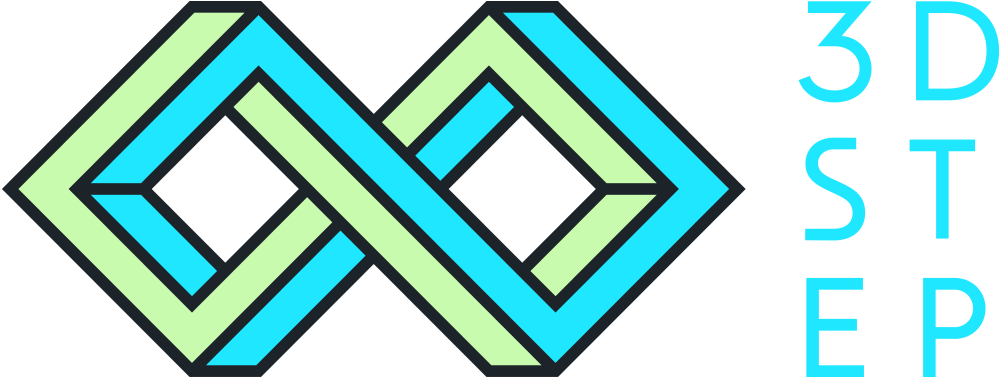3D printing speeds up and frees up product development at Valmet
Valmet uses 3D printing in the product development of the Valmet IQ quality management system, among other things.
Valmet's collaboration with 3DStep began in 2017 when the company's paper quality management systems unit wanted to test the potential of 3D printing for rapid and cost-effective prototyping. Five years later, the partnership is still going strong and has also expanded over time. Overall, 3D printing has already been used to develop around 100 different product models and dozens of parts are being mass-produced using 3D printing. Valmet sees one of the main advantages of this cooperation as the fact that 3D printing allows them to test prototypes quickly and develop them further. At the same time, it frees their thinking from the constraints of traditional manufacturing methods.
Valmet's Automation Systems business line is a traditional automation specialist, providing automation solutions from individual measurements to plant-wide process automation systems. The solutions are designed to maximise the profitability and sustainability of customers' businesses by enhancing the sustainable use of raw materials and improving production performance, quality management, energy efficiency and cost-effectiveness.
Valmet, which operates globally, also invests significantly in design and product development. As part of the design process, the unit that designs the company's quality management systems started using 3D printing services provided by 3DStep in 2017. The aim was to speed up the innovation and product development cycle, produce prototypes quickly and cost-effectively, and avoid the constraints associated with traditional manufacturing methods.
Five years later, Valmet says that these benefits have been realised. The partnership has also expanded over the years to include new product models and different manufacturing materials. Materials used have included PA12 polyamide, glass reinforced polyamide, PA6MF mineral reinforced polyamide with higher thermal resistance, flexible TPU materials and PA11 polyamide tailored for ESD applications.
3D printing gives us a business advantage by enabling new product features and rapid testing. The partnership will therefore also accelerate the market launch of our new products," says Niko Posti, R&D Director for Product Development of Quality Management Systems at Valmet.
At Valmet, the ability to produce increasingly complex parts using 3D printing is seen as a positive development. Design and product development can therefore be done ahead of functionality - not dictated by constraints. One concrete example of 3D printed products is an aluminium air deflector designed by the Automation Business Line and further developed with 3DStep, which, after improved prototyping, has now reached series production and is serving customers well.
Cost-effective 3D printing opens new doors for industry
Typical benefits of 3D printing include cost-effective manufacturing, lightweight products and the possibility of new product features not possible with traditional methods. Valmet has become familiar with all these advantages.
Above all, 3D printing means that there is no need to think about the feasibility of manufacturing in advance. For example, inside a closed part, 3D printing makes it possible to create new features compared to traditional manufacturing methods - for example, control channels inside air intakes.
Without 3D printing, the product would have to be built from several separate parts, which would significantly increase not only the labour but also the cost of manufacturing. Multi-part, multi-stage parts also typically carry a higher risk of failure. 3D printing allows all the necessary functionality to be incorporated into a single part.
Valmet also appreciates 3DStep's comprehensive service and the fact that 3D prints can be produced in-house instead of having to be ordered from far away, for example from the Far East. A domestic service is not only faster but also more environmentally friendly.
The aluminium air deflector, designed by Valmet's Automation Systems business line and further developed together with 3DStep, is one of the 3D-printed products that has reached series production.
Convenient online ordering system
Thanks to the long partnership between Valmet's Automation Systems Business Line and 3DStep, the business models are in many respects well established. A typical order at Valmet involves uploading a model to 3DStep's browser-based online ordering system, selecting the material and the necessary post-processing and placing the order. From there, 3DStep can very straightforwardly take the parts into production.
Working with Valmet's Automation Systems business line is interesting and challenging in a positive way. In our joint projects, we have been able to test the limits of technology at times," says 3DStep CTO Vesa Kananen.
Valmet appreciates the service, for example, that the customer is quickly informed about the price of production and the impact of the batch size on the cost level. After the quotation, the customer can still modify the model if he wishes and thus optimise the price. He will also be informed of any errors in the model - for example, if the walls are too thin. This allows the error to be corrected before production.
Over the years, Valmet's automation systems business line has already ordered hundreds of prototypes from 3DStep, several dozen of which have been developed into mass-produced products. The product development unit finds it convenient to be able to test the pieces in a practical product and in production in a short time frame. At the same time, it is easier to catch any areas that need to be changed - despite the sophisticated 3D software, the way a piece looks in your own hands is different from the way it looks on the screen.
Valmet, which is heavily investing in advanced methods, has its own 3D printing expertise and equipment, but the unit that designs paper quality management systems will continue to benefit from 3DStep's specialised expertise. The unit has recognised that high quality 3D printing ultimately requires quite a bit of specialisation and technical expertise. Product developers prefer to spend their time working on their core competencies and are therefore happy to continue to commission specialist 3D printing from a competent partner.


